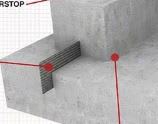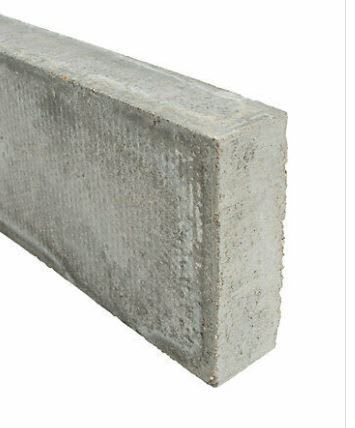the1falconer
Mechanical
- Oct 15, 2018
- 7
I am looking at some options for adding secondary containment to an existing facility that stores oils/lubricants in bulk storage tanks. All of the tanks are kept indoors. The existing building does not have any secondary containment and the floor is all flat concrete. I do not need any assistance sizing the secondary containment. I am just wondering if anyone here has experience with adding a cost effective form of secondary containment for a similar situation that has worked well long term. It is not reasonable to empty and lift over 100 tanks to add a liner below them with some form of poly dike wall. Let's assume I only need 6" height for my containment walls to achieve adequate containment and only have 18" to work with between tank shells and the building walls. I'm considering anchoring and sealing angle iron to the floor. The seams would all be welded. Any thoughts or other suggestions? Thank you.


